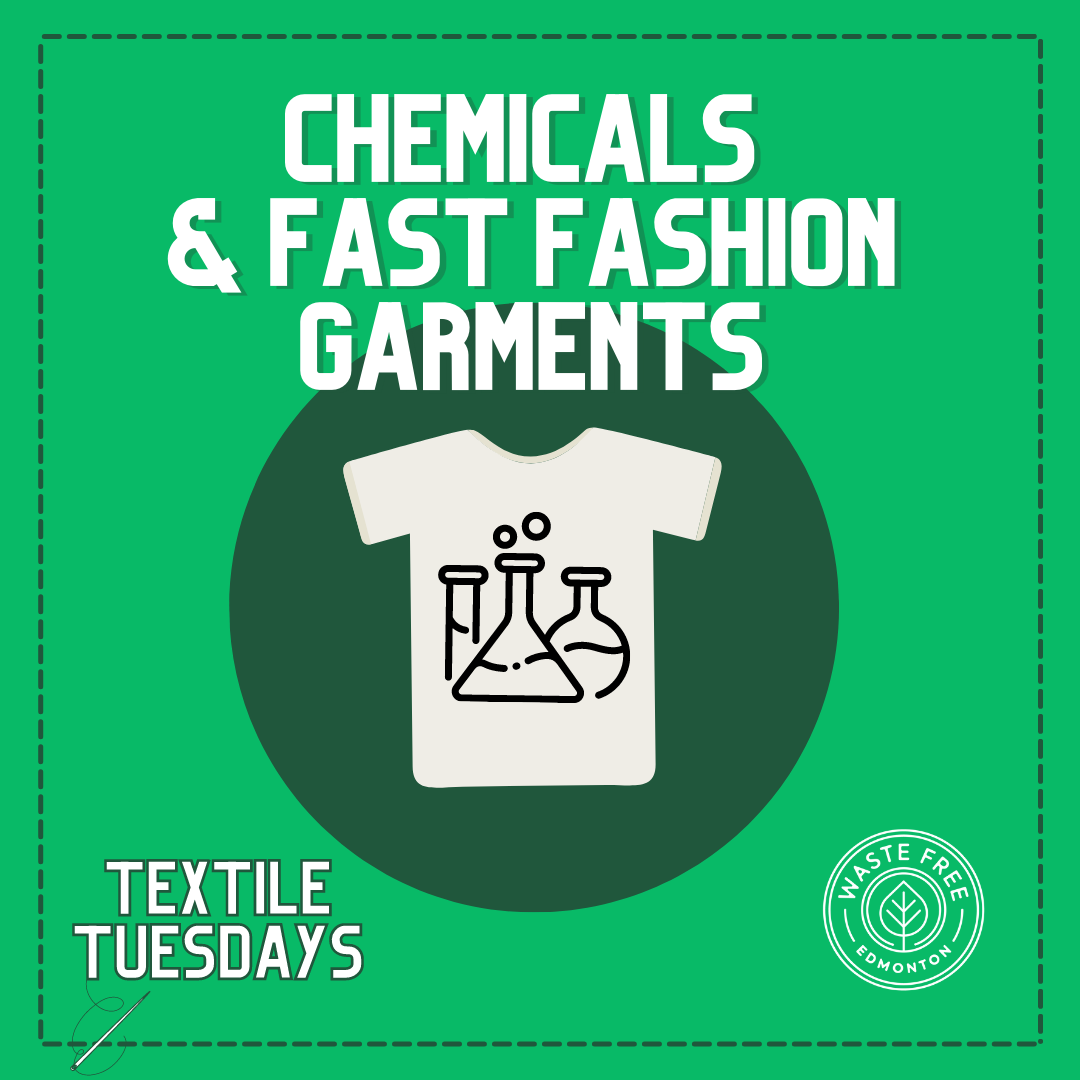CBC Marketplace came out with a new investigation on poor quality construction and potentially dangerous chemicals found in clothing from several large fast fashion brands. Chemists at the University of Toronto analysed samples from a number of items which were found to contain hazardous levels of lead, phthalates (plasticizers), and PFAS (used in fluorine-based water-repellent treatments). The presence of these chemicals at dangerous levels present hazards all across the supply chain, from the people making the materials, sewing the final products, and both retail and second-hand consumers. One part of CBC’s video shows great examples of poor quality garment construction which you should watch out for when purchasing clothing items (both new and second-hand). But if you don’t have a chemistry lab at home, how can you tell if you’re at risk of exposing yourself to hazardous chemicals?
There are a number of organizations in the textile world who are trying to standardize and streamline this very concern. Examples include Oeko-Tex, The ZDHC Foundation, and Bluesign. These organizations have created what’s called a Restricted Substances List (RSL), which brands and manufactures use as a guideline for which chemicals, and at what levels, are considered safe in textile items. Many brands already advertise compliance to Oeko-Tex and/or Bluesign on their websites and hangtags, which is a quick way to assess the safety of the items you’re purchasing. You can also access a list of Bluesign system partners, companies and manufacturers who create products compliant to that RSL at all stages of production. Canadian companies on that list include Arc’teryx, Canada Goose, lululemon, Mountain Equipment Co-op, and Thomson Research Associates (makers of anti-microbial/anti-odour treatments).
At the end of the day, you get what you pay for! If something seems too good to be true, most of the time it is. We all need clothes, but we hope to arm you with more tools to better assess what you’re consuming. Let’s all buy less, but concentrate our efforts on purchasing good quality items which will last as long as possible and minimize harm to people and the environment.


